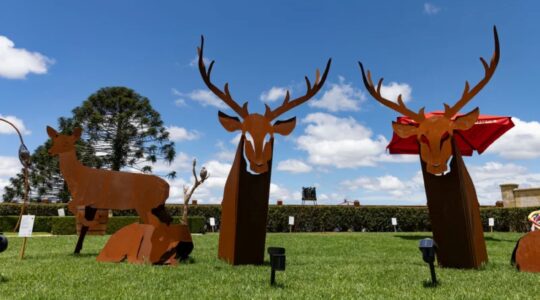The makers of GLAD products have been fined more than $8 million for misleading consumers about the type of recycled plastic used in some of their bags.
The Federal Court today ordered Clorox Australia Pty Ltd to pay $8.25 million for making misleading representations that certain GLAD kitchen and garbage bags were partly made of recycled “ocean plastic”.
Australian Competition and Consumer Commission (ACCC) Chair Gina Cass-Gottlieb said Clorox admitted that, between June 2021 and July 2023, it breached the Australian Consumer Law by representing on the packaging of its GLAD to be GREEN “50% Ocean Plastic Recycled” Kitchen Tidy Bags and Garbage Bags products that the products were made of at least 50 percent recycled plastic waste collected from the ocean or sea, when this was not the case.
Ms Cass-Gottlieb said the products were made from about 50 percent plastic waste which had been collected from communities in Indonesia with no formal waste management systems, situated up to 50km from a shoreline, and otherwise from non-recycled plastic, processing aid and dye.
“Claims about environmental benefits matter to many consumers and may impact their purchasing behaviour. When those claims are false or misleading, this is a serious breach of trust, as well as the Australian Consumer Law,” she said.
“This is also a significant matter because consumers have limited or no ability to independently verify the accuracy of the claims made on packaging and it also disadvantages competitors who are accurately communicating their environmental credentials.”
Ms Cass-Gottlieb said the Court held that packaging features, such as the blue colour and wave imaging “connoted a relationship between the Products and the ocean” and the “reference to ‘green’ on the Packaging connoted environmental-friendliness, and that these were “important contextual matters in assessing the contravening conduct”.
“While the ACCC encourages businesses to innovate and offer environmentally sustainable products, businesses need to be clear and accurate when making representations about them.”








